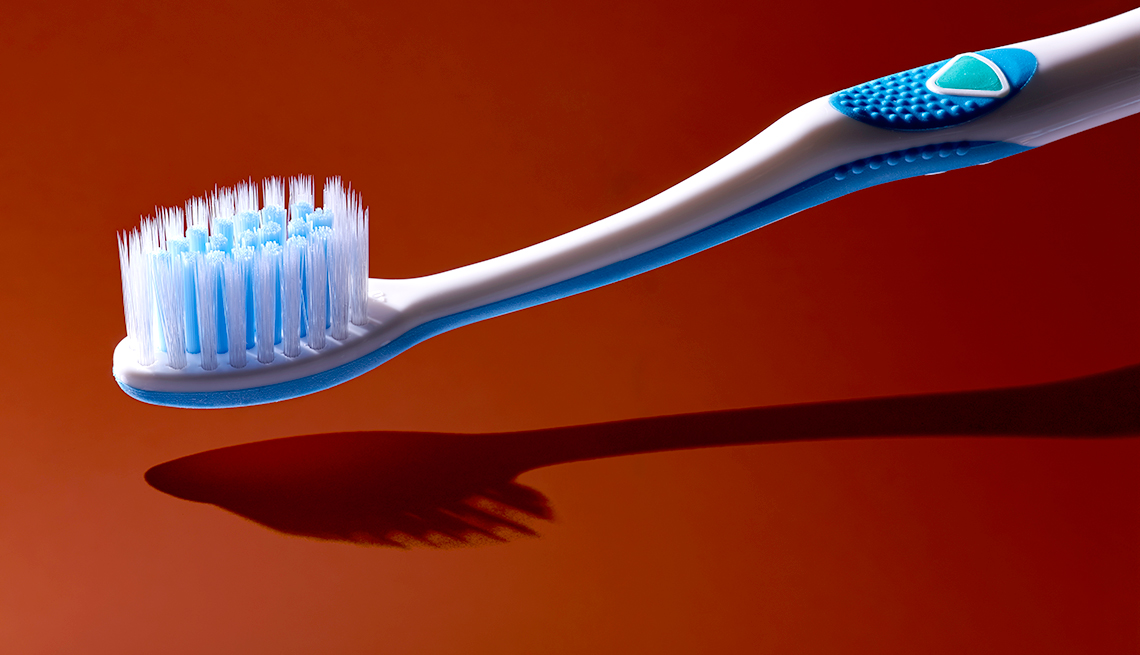Staying Fit
You go to the hospital with a broken arm, then end up with a potentially lethal case of pneumonia. A recent study in the American Journal of Infection Control calls this scenario entirely too common — and one faced by more than just the most vulnerable patients, such as older people, in the intensive care unit.
“We found that pneumonia was occurring in all patients on all types of units,” says lead author Dian Baker, a professor in the School of Nursing at California State University in Sacramento. “We sort of thought the elderly, the very frail, patients with cancer were the ones getting pneumonia in the hospital, and indeed they were. … But at least half of it was occurring in patients under 65.”


AARP Membership— $12 for your first year when you sign up for Automatic Renewal
Get instant access to members-only products and hundreds of discounts, a free second membership, and a subscription to AARP the Magazine.
The bright spot? After looking at the many ways to prevent what's called NV-HAP (nonventilator hospital-acquired pneumonia) — including elevating patients’ heads or getting them to walk around to prevent an infection from settling into their lungs — researchers found one highly effective and relatively inexpensive weapon: the humble toothbrush.
Though oral care is often recommended as a way to fight pneumonia in the hospital — where pathogens can enter the mouth and then travel down the esophagus and into the trachea and lungs — it's now being recognized as a crucial preventive tool. Hospitals that have introduced programs that encourage stepped-up tooth brushing are finding that it can make a big difference.
A pilot program at Baker’s hospital, Sutter Medical Center, in Sacramento, Calif., that had patients brush their teeth four times a day saw the incidences of NV-HAP plummet by 70 percent.
The trick in getting the effort off the ground wasn’t persuading patients to participate but in doing “quite a bit of education” to overcome the initial skepticism of health care workers, says Barbara Quinn, a clinical nurse specialist who oversaw the program with Baker.
“I would say very, very few health care workers understood that pneumonia is caused by germs in the mouth,” she says, though once they did, they “were very engaged in following the protocol."
Similar programs at other hospitals across the country have shown equally encouraging results, including one at the Department of Veterans Affairs Medical Center in Salem, Va., where nurses had patients brush twice a day. In a little more than a year, the number of NV-HAP cases there dropped by a dramatic 92 percent.
































































